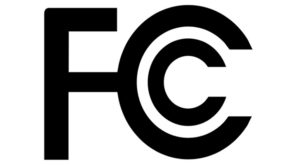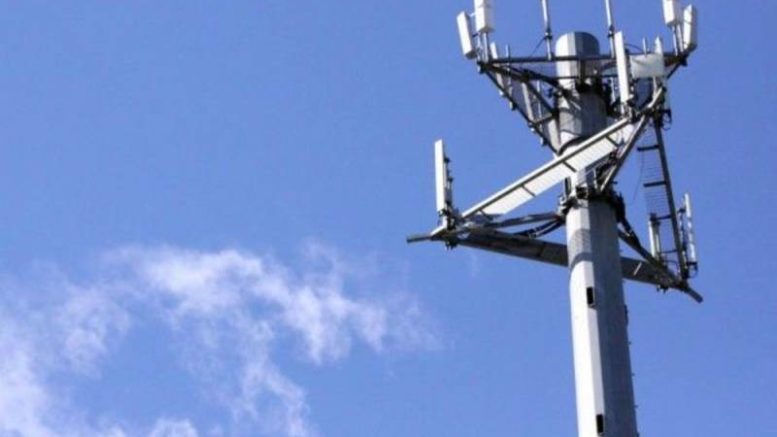The world of cellular technology is very confusing. Often it’s a compromise between government bureaucrats, engineers, and the laws of physics. Everyone starts out with the best intentions, but the result is often a cell phone that won’t work where you want it to. Let’s break down the players.
Local governments
Cell phones from one country might not work in another country. Most of the time it’s easy enough for a cell phone maker to make a “global” phone. The manufacturing costs are actually lower that way. However, with every country being different, that’s a very tall order.
By global agreement, each country has the right to regulate its own radio, television, and cellular broadcasting. There are agreements in place to make sure one country’s radios don’t stomp on another country’s, but really it’s up to each individual government to decide how to handle their broadcasts. This is why, for example, listeners all over the Southwest can get radio stations from Mexico. The Mexican government allows stronger broadcasts than the US government does.
In the US, the rules for broadcasting are governed by the Federal Communications Commission, or FCC. They are a group of appointed government employees that are part of the Executive Branch of our government. The FCC controls the way that literally everything works, if it puts out any sort of radio emissions at all. If you see this sticker or etching on a device:

It means it’s been certified by the FCC and won’t interfere with other equipment if used properly.
One of the FCC’s most important jobs is certifying the radio frequencies used in cell phones. In the US, cell phones use frequencies at the 600MHz, 700MHz, 800MHz, 1910MHz, and 2100MHz bands, along with a few other outliers.
Unlike other countries, the FCC doesn’t require that specific technologies are used in cell phones. In other countries, all the cell phones work with all carriers because their governments require it.
Then the engineers come in.

There’s a group called the “3GPP” that sets standards for cell phone communication. You can read about them here. They basically bring together all the other cell phone engineering groups. This includes the global carriers like AT&T, hardware makers like Apple and Google, and engineering groups like the International Telecommunications Union. Their job is to certify all upcoming cell standards so that phone makers and equipment companies can all work together.
The 3GPP is responsible right now for certifying the next generation of cell communication, called 5G. When 5G is fully implemented within 5 years, it will improve data speeds by a factor of 20 or more. The 3GPP has certified every standard in the last 10 years, which sort of accounts for their name. “3GPP” may remind you of 3G, which today is thought of as the slowest form of data transmission. When the 3GPP was formed it was the fastest.
Don’t ask me why they picked a name that could easily become obsolete or why they still keep it.
Then reality seeps in.
Of course, cell phones can only do what nature allows them to. A cellular radio can only reach so far. It can only broadcast within a reasonable range. And, the battery can only last so long. There are advances in technology but at the moment there is only so much that a cell phone can do unless you want it to be the size of a backpack.
There’s also a limit to what you can do with a cell tower and with the available frequencies you have. Engineers will keep finding ways to do more with what they have, but at some point you do run into some sort of limitation when millions of people want to consume millions of gigabytes at the same time.





